The Emancipation Proclamation
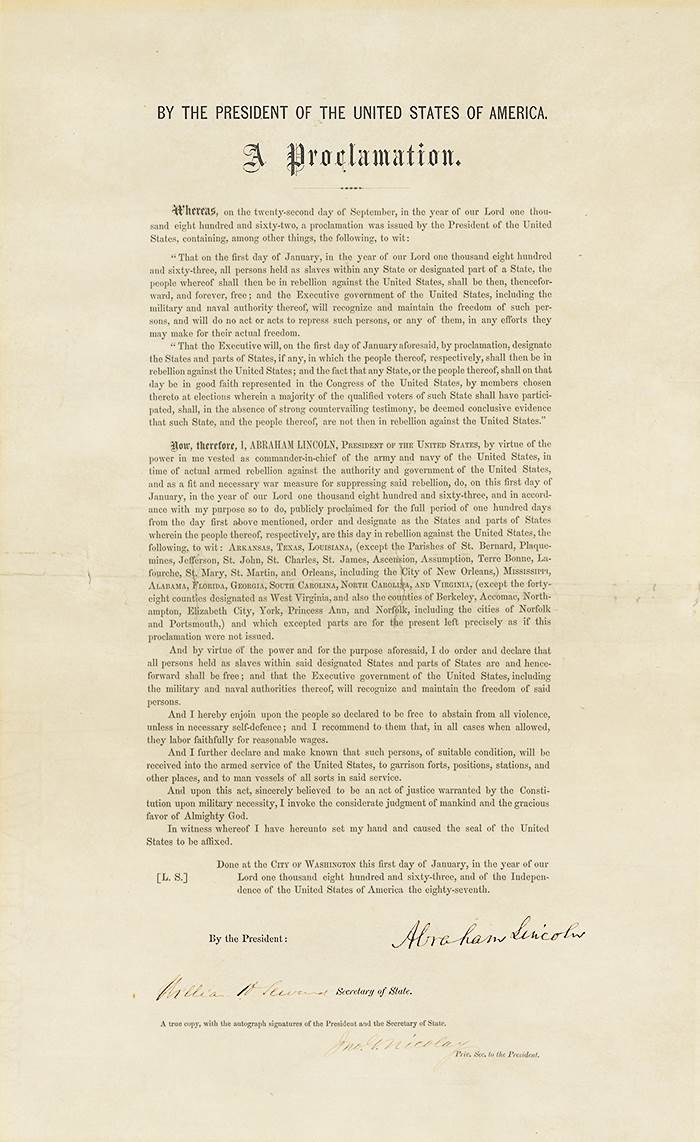
On the day Abraham Lincoln signed the Emancipation Proclamation, he reportedly told abolitionist Senator Charles Sumner that it was “the great event of the nineteenth century” and “that the name which is connected with this matter will never be forgotten.” Lincoln was correct that the Emancipation Proclamation would become the focal point of his life and legacy, and it continues to be one of the seminal texts of American History.
Yet, the actual words of the Emancipation Proclamation lack the literary artistry or inspiring prose of Lincoln’s other most famous works. It is very much a legal document clearly written by someone who had spent decades immersed in the law. This made it an effective act of government but also potentially renders it more difficult to understand than many of Lincoln’s speeches and letters. Here, we present a full transcription of the Emancipation Proclamation with notes to help unlock its complicated legality and illuminate Lincoln’s thinking in his most remembered act.
By the President...
Abraham Lincoln is signaling at the outset that this document is being issued solely by the president and does not involve Congress. In particular, he believed it derived from his war powers as commander-in-chief during a large-scale rebellion against the federal government.
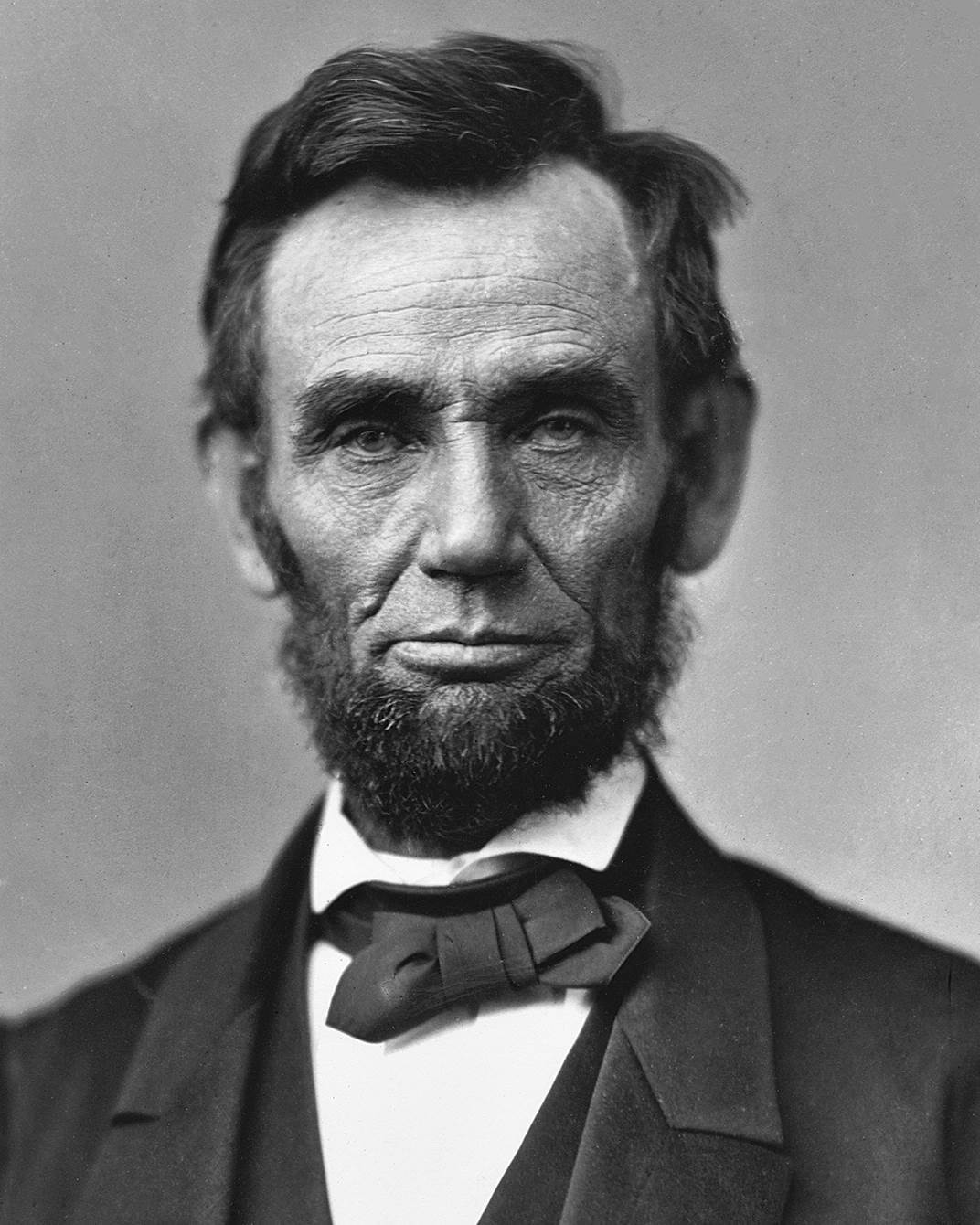 ×
×
A Proclamation
This edition of the Emancipation Proclamation is what collectors refer to as a “Leland-Boker” copy of the Emancipation Proclamation—named for the two Philadelphia printers who created it. They printed 48 total for the Great Sanitary Fair held in the city for most of June 1864. The Sanitary Commission sold them for $10 each (about $245 adjusted for 2023 inflation), with signatures from President Abraham Lincoln, Secretary of State William Seward, and Lincoln’s Personal Secretary John G. Nicolay. Twenty-Seven are known to have survived, one of which is held by the State of Illinois at the Abraham Lincoln Presidential Library and Museum. Lincoln’s original handwritten copy of the Emancipation Proclamation burned in the Chicago Fire of 1871. The official government signed and retained copy is held at the National Archives.
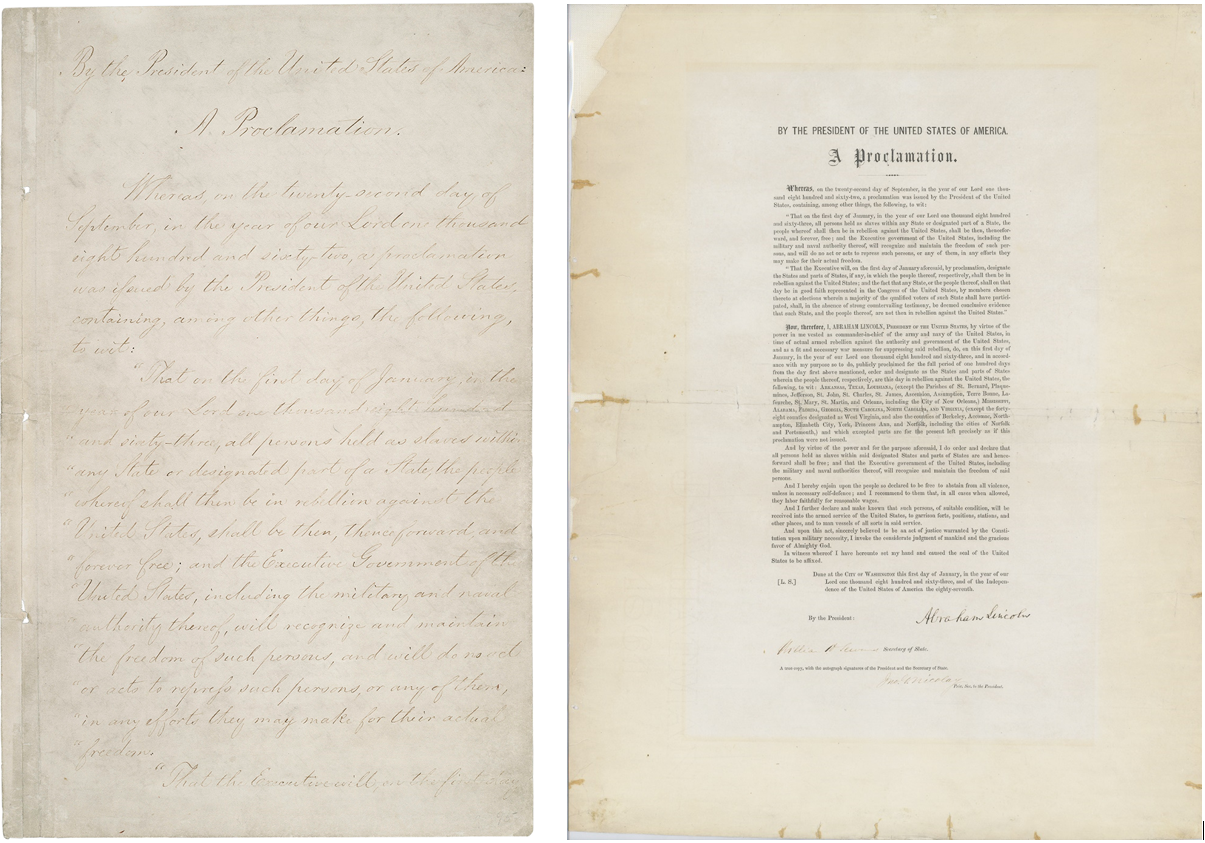 ×
×
...A Proclamation was issued...
This is referring to what we now call the “Preliminary Emancipation Proclamation”. Lincoln had originally proposed the idea of an emancipation proclamation to his cabinet on July 22, 1862. Seward advised him to wait until a major battlefield victory before declaring it. U.S. forces defeated Robert E. Lee’s Confederate Army of Northern Virginia at the Battle of Antietam on September 17. Hence Lincoln’s “preliminary” proclamation five days later.
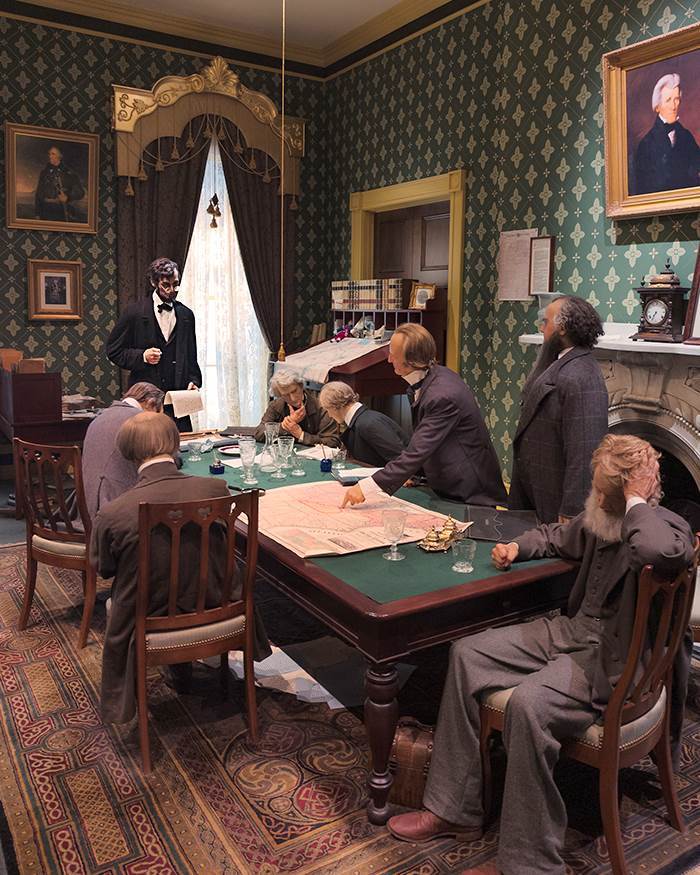 ×
×
...all persons held as slaves...
This distinction sets the Emancipation Proclamation apart from the previous Second Confiscation Act, which only allowed U.S. forces to free enslaved people if their enslavers actively supported the rebellion.
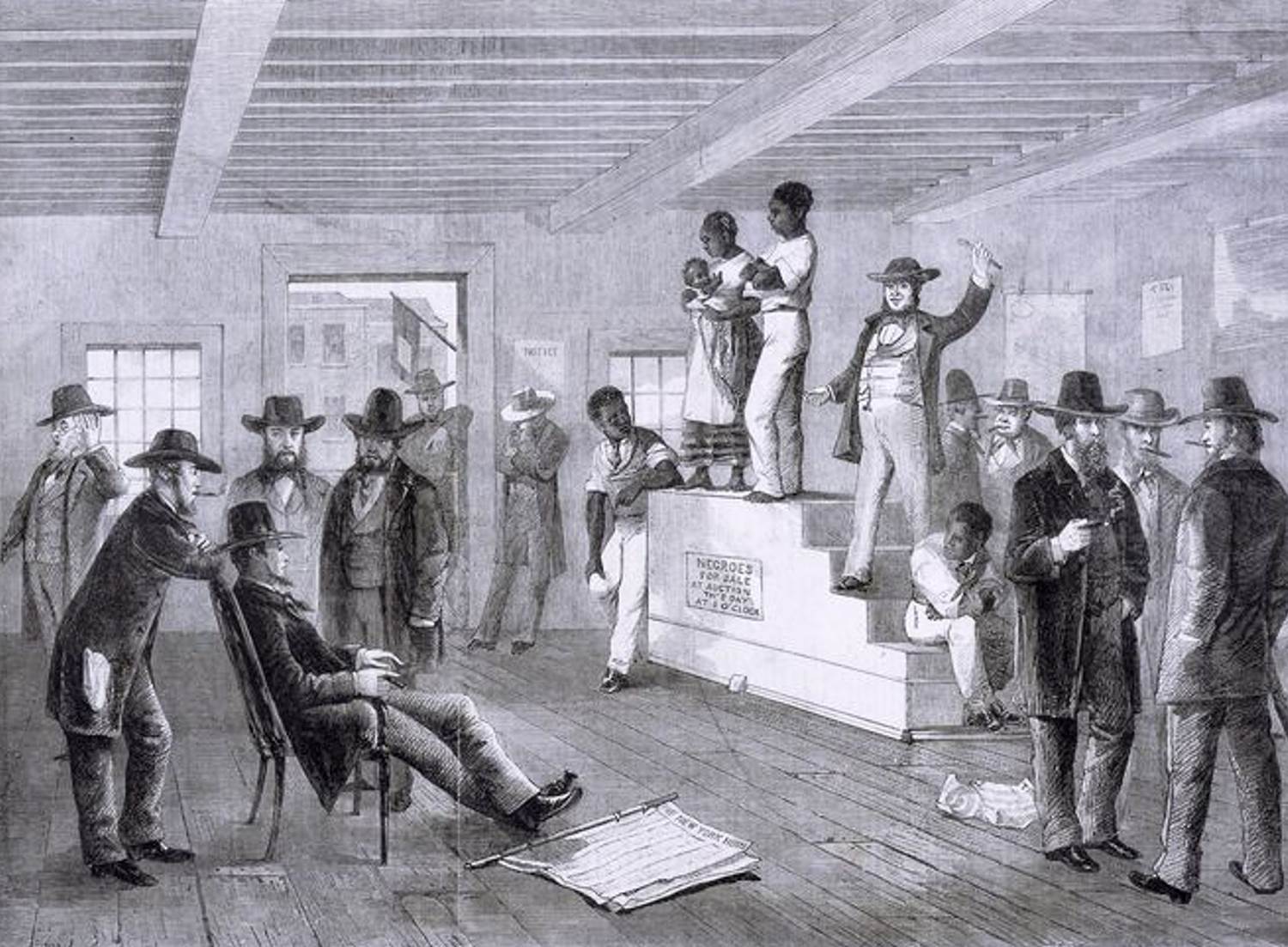 ×
×
...designated part of a State,..
Some states were partly occupied by U.S. forces and Lincoln assumed more would be by January 1, when the Proclamation would go into effect. This clause exempts from the Proclamation those portions of seceded states already under U. S. control.
×
...shall be then, thenceforward, and forever, free...
Although this language is by far the most famous and resonant part of the Proclamation, it was in part a refinement of the more complicated freedom clause of the Second Confiscation Act, which stated “all slaves of such person found on [or] being within any place occupied by rebel forces and afterwards occupied by the forces of the United States, shall be deemed captives of war, and shall be forever free of their servitude, and not again held as slaves.”
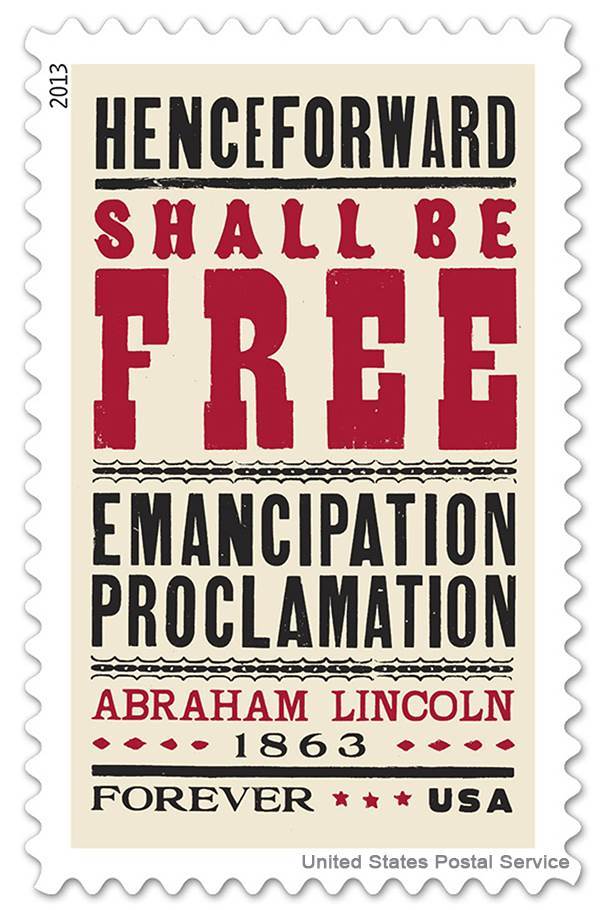
×
...will do no act or acts to repress such persons...
This language is essentially Lincoln ordering all U. S. forces (some members of which did not approve of emancipation) to follow this Proclamation and always assist any enslaved person in a Confederate state seeking their freedom.
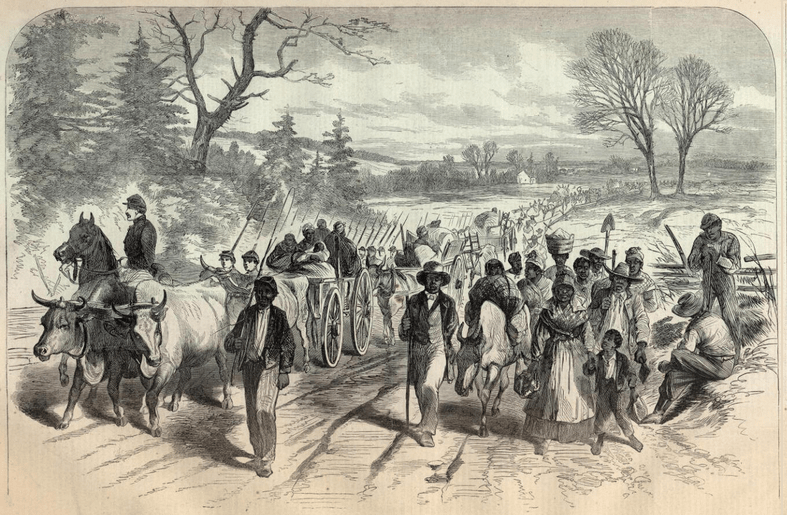 ×
×
...the Executive...
Meaning, "The President."
×
...shall then be in rebellion against the United States...
This paragraph is Lincoln laying out how he will determine which states or parts of states are “in rebellion” on January 1, 1863, and therefore subject to the Proclamation.
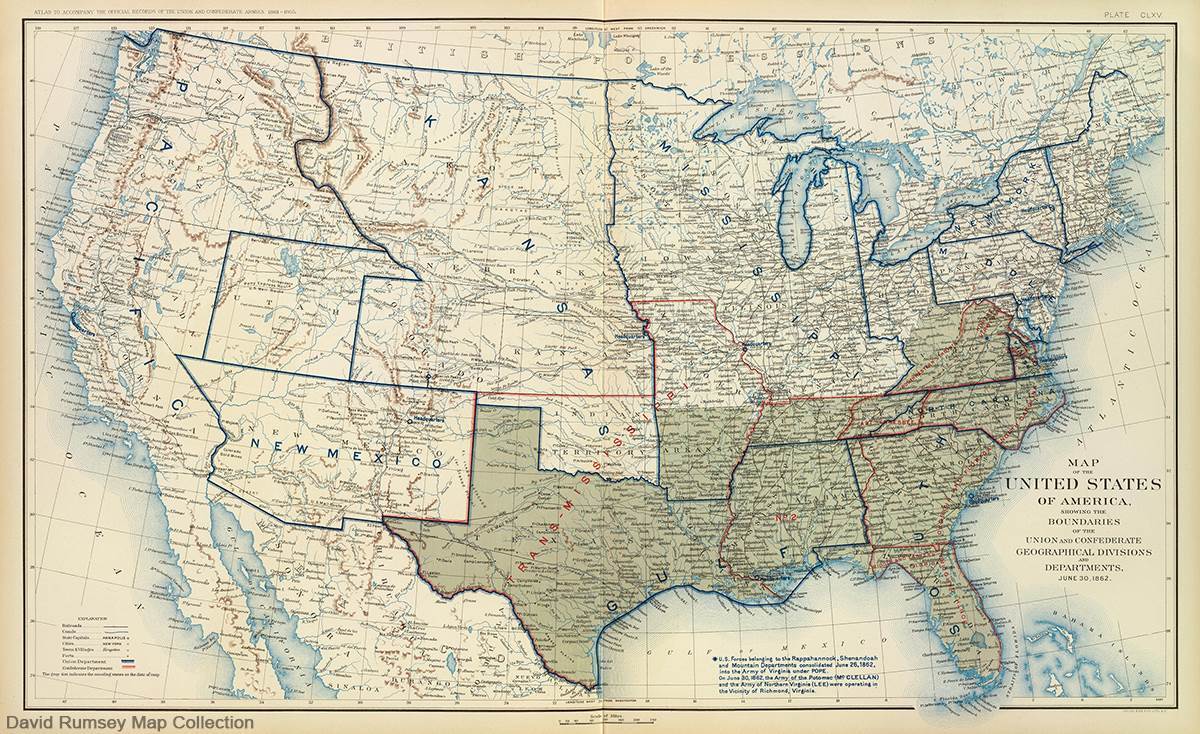 ×
×
...by virtue of the power...
Lincoln is defining how he is empowered to issue the Emancipation Proclamation. For decades, anti-slavery advocates had believed they needed either a Congressional act and/or Constitutional amendment to end slavery. Here, Lincoln states the rebellion itself has empowered him to act against slavery as commander-in-chief. That is why the Proclamation could not apply to states or parts of state loyal to the U. S. government.
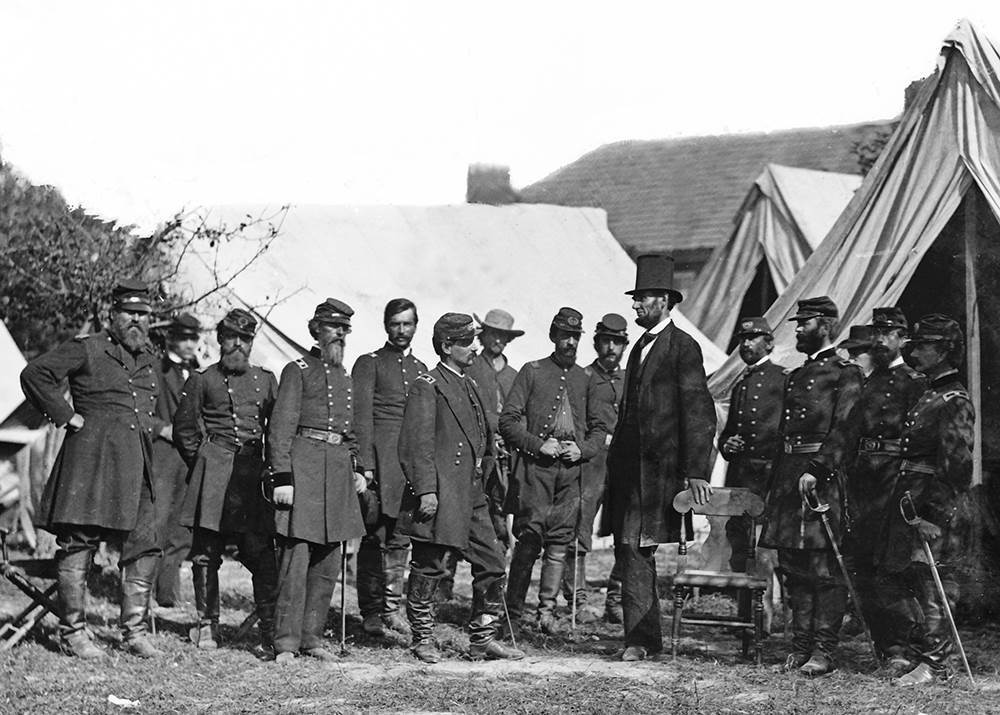
×
...fit and necessary war measure for suppressing said rebellion,..
This is the other half of Lincoln’s justification for the Proclamation. He is eliminating slavery in areas “under rebellion” because doing so will help win the war and restore federal authority.
×
...designate as the States and parts of States...
Having quoted himself above on how he would designate which areas are “in rebellion” on January 1, 1863, Lincoln is now listing exactly which areas meet that definition. The exceptions he lists are areas already considered to have rejoined the United States through military and/or political means.
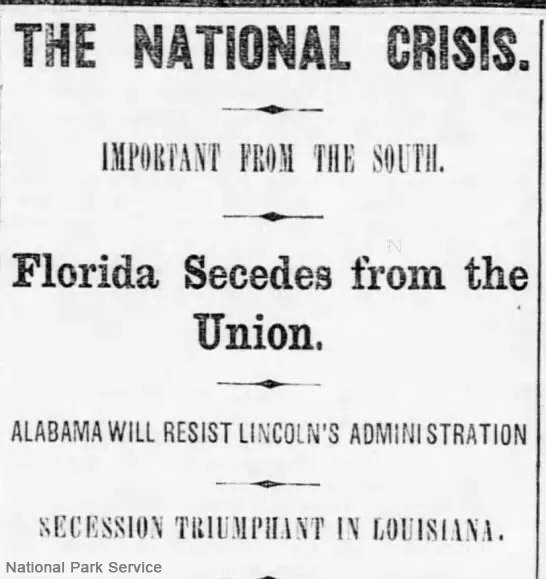
×
...designated as West Virginia...
Congress created West Virginia as a “loyal” state the day before the Emancipation Proclamation went into effect. It, therefore, would not fall under the Proclamation’s authority. The new state then completed the process by ratifying its new constitution and Lincoln declared it a state on June 20, 1863. That new constitution included a gradual emancipation clause.
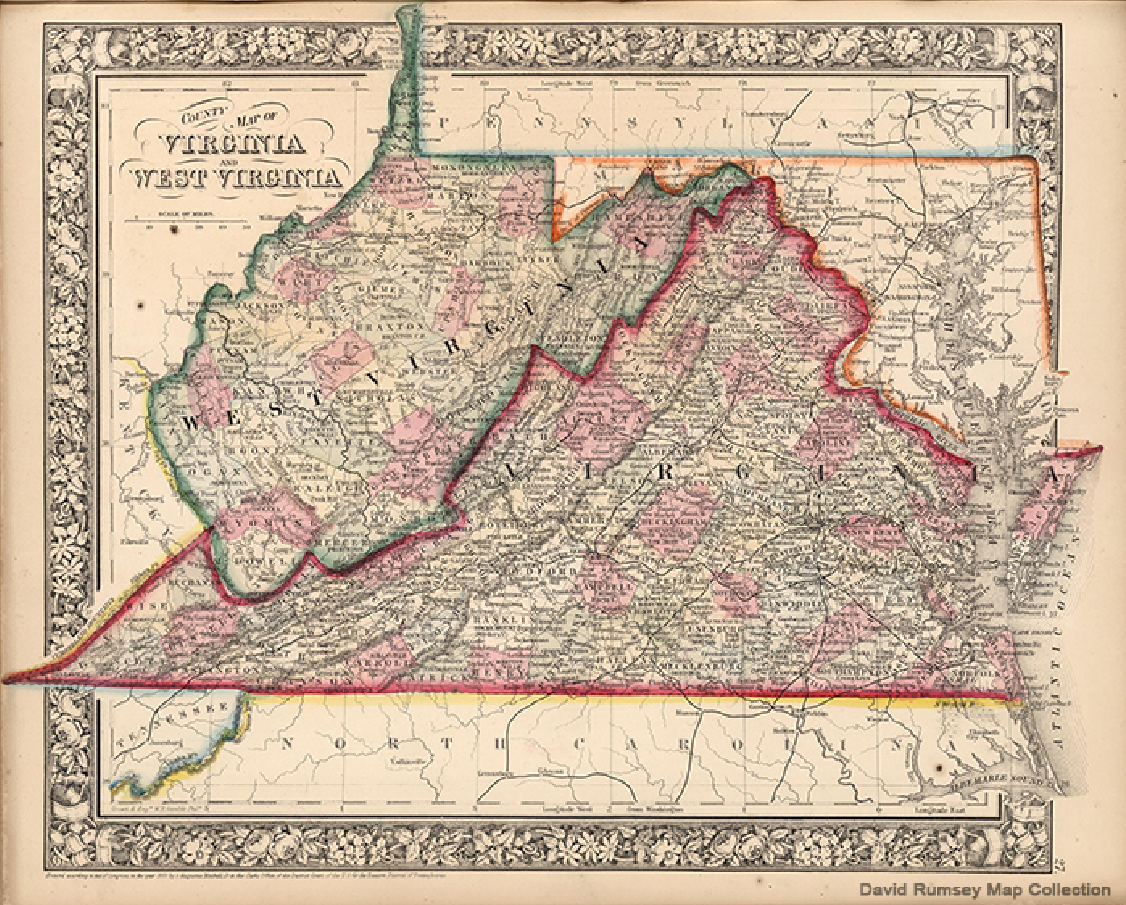



×
...left precisely as if this proclamation were not issued.
The one Confederate state missing is Tennessee. By January 1, 1863, the federal government considered Tennessee entirely under U.S. occupation with future vice president Andrew Johnson as military governor. On October 24, 1864, Johnson proclaimed all enslaved people in Tennessee free.
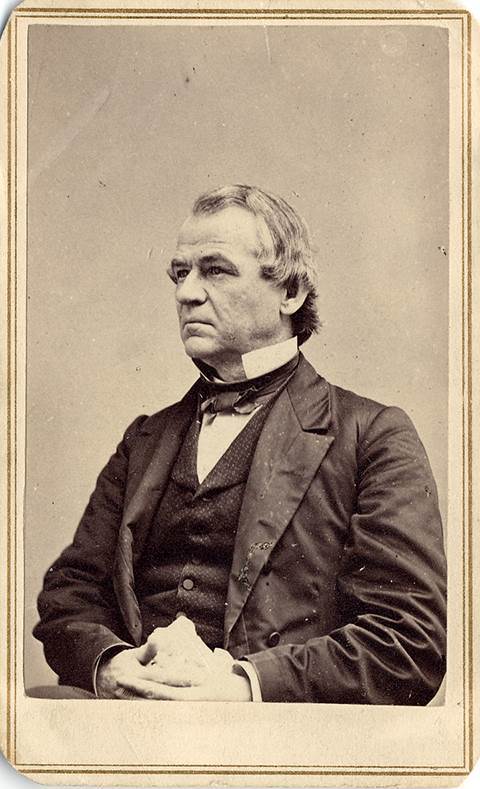
×
...abstain from all violence...
Many white Northerners were worried that the Emancipation Proclamation would incite African Americans to stage a massive uprising. Here Lincoln is openly discouraging any “irregular” violence by freedpeople, preferring they enlist in the military to fight the Confederacy.
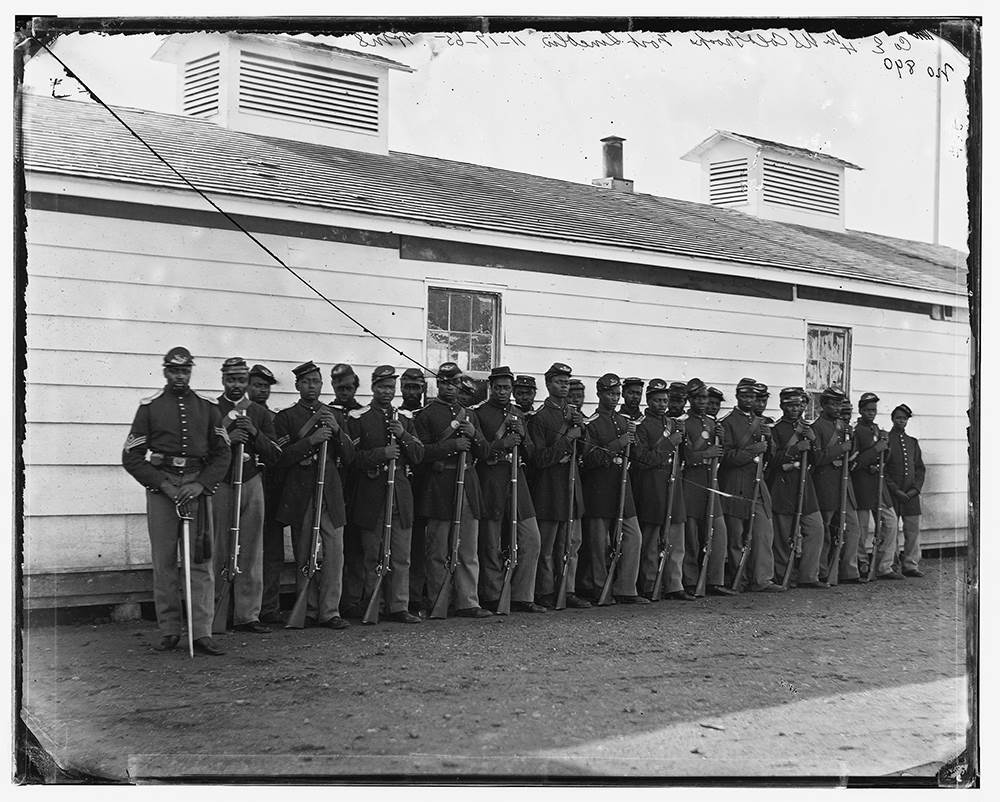
×
...necessary self-defense...
While Lincoln and others were concerned about mass violence by freedpeople, some also hoped creating a large population of free African Americans in the seceded states would seriously hamper the Confederate war effort, by forcing the insurgent government to redirect military forces to the homefront. Lincoln is saying that, were this to happen, he would consider it an exception to his previously stated opposition to “irregular” violence by freedpeople because they would be resisting their re-eslavement.
×
...labor faithfully for reasonable wages.
This clause signals a possible evolution in Lincoln’s previous conception of post-slavery America. Some white Americans, including possibly Lincoln, believed that white and Black people could not live together with equal civil status. One solution was to encourage freedpeople to leave the United States for “colonies” in Africa or Central America. Lincoln is now envisioning some form of bi-racial society by recommending freedpeople remain in the United States and transition into the workforce as paid laborers.
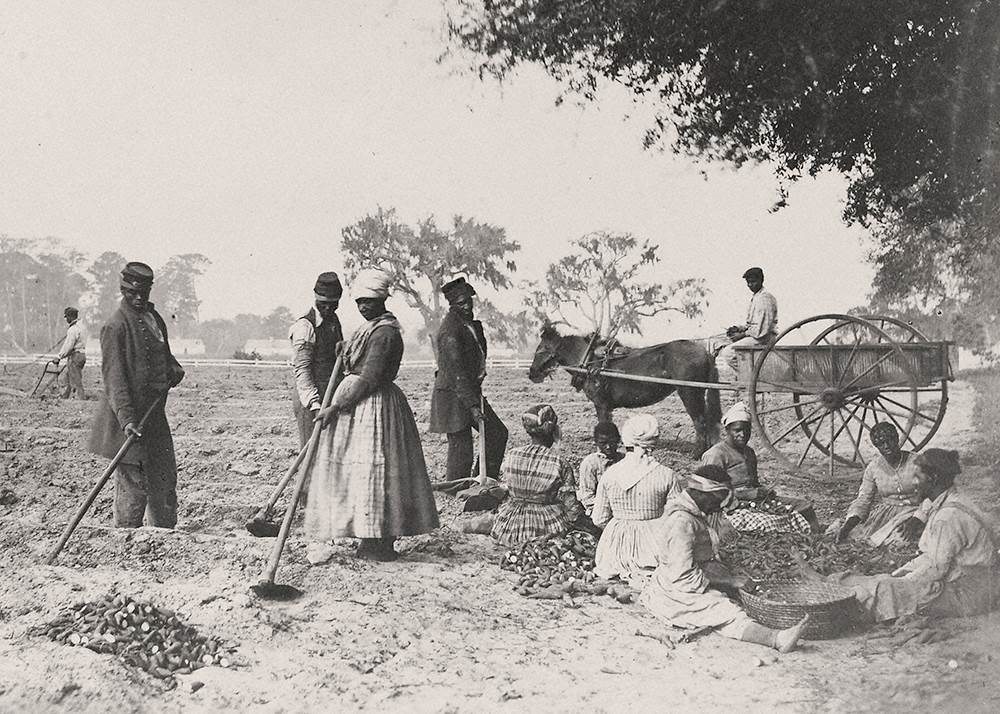
×
...will be received into the armed services of the United States...
The Emancipation Proclamation was a critical step in authorizing the U.S. military to accept African Americans, who had been trying to enlist since the start of the Civil War. The Confiscation and Militia acts of July 1862 authorized official enlistment of African Americans but with language that could be interpreted as limiting them to support functions. The Emancipation Proclamation did not explicitly say Black men could serve as combat troops, but recruiters nevertheless began to form units of Black soldiers, who eventually constituted about 10% of all federal manpower during the war.
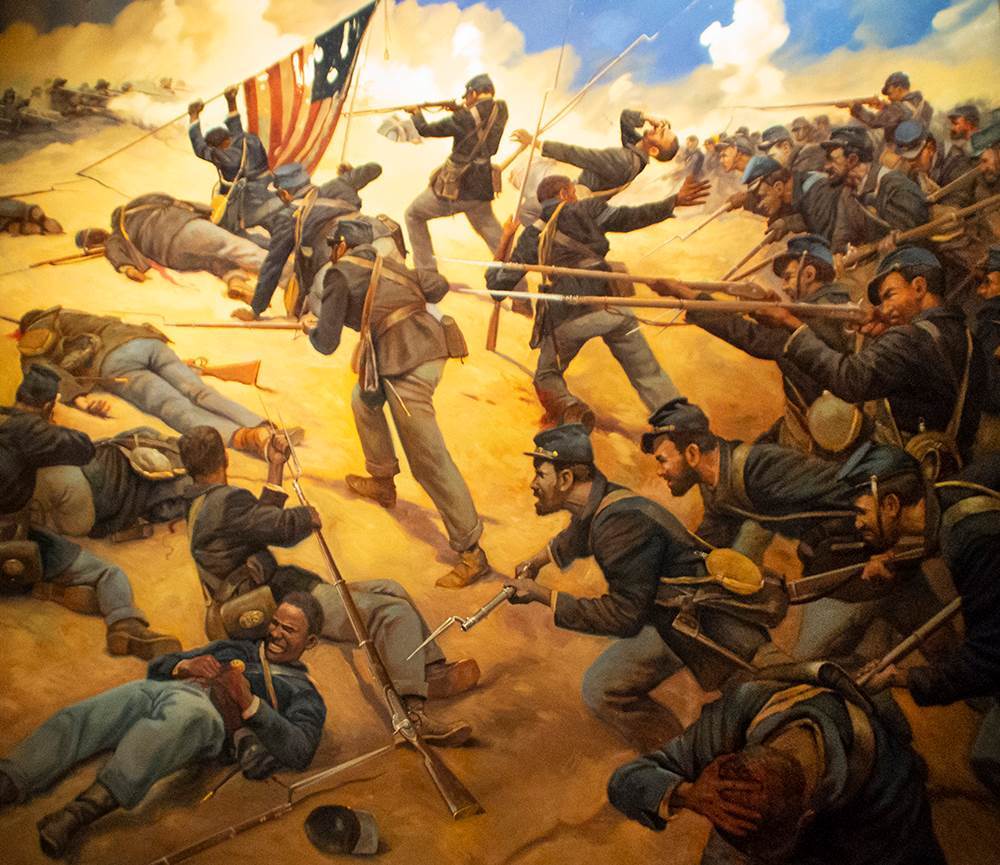
×
...military necessity...
Lincoln’s concern for both the legality and public reception of the Emancipation Proclamation are both illustrated here. He is stating one additional time that the Proclamation is justified by both the Constitution and military necessity.
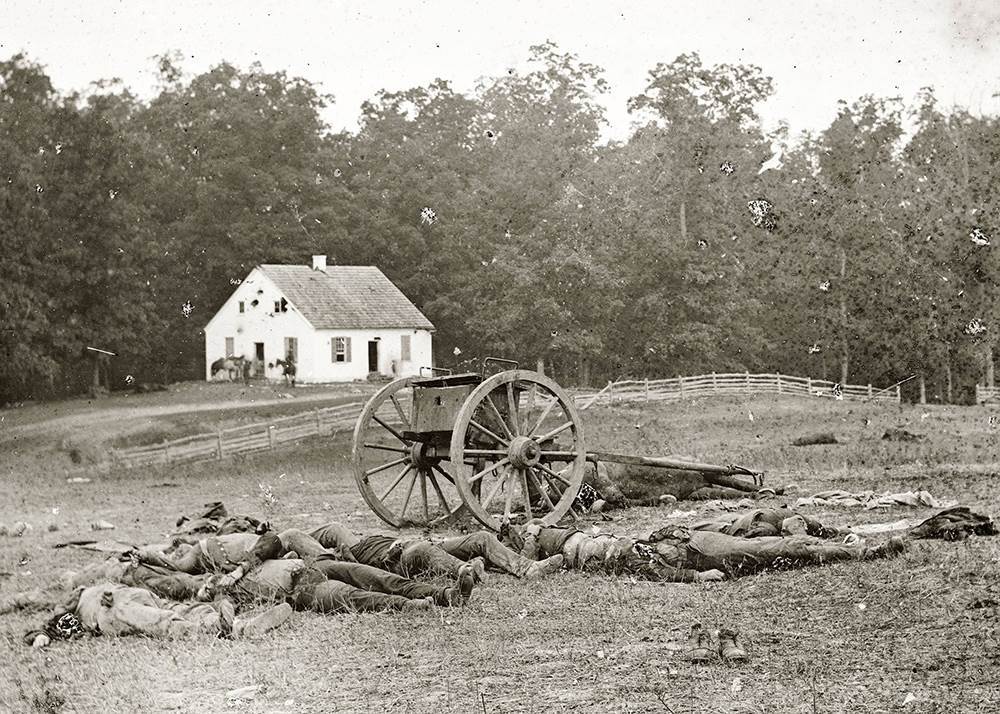
×
...judgement of mankind...
This may be Lincoln acknowledging the widespread opposition to adopting emancipation as a war aim. Many white Northerners believed the U.S. war effort should be limited solely to restoring the Union, with only minimal action against slavery. Lincoln himself stated in his First Inaugural Address that neither he nor the Republican Party were a direct threat to slavery’s legality. By January 1, 1863, Lincoln had come to feel that action against slavery was necessary to winning the war and ensuring the nation’s survival. This is perhaps why Lincoln reportedly said on January 1, 1863, “I never, in my life, felt more certain that I was doing right, than I do in signing this paper.”
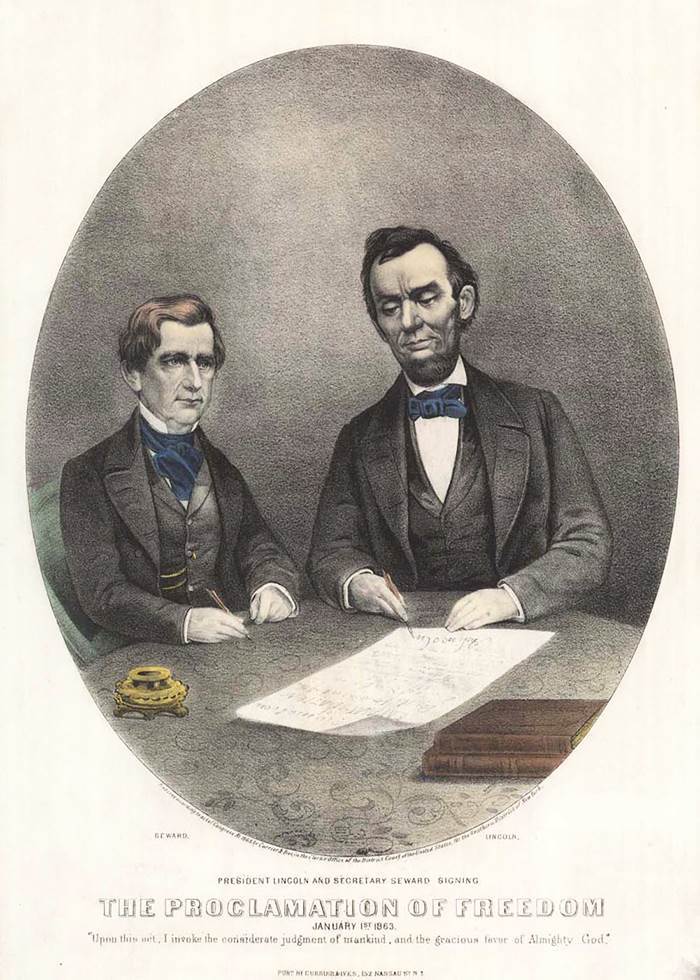
×
A true copy, with the autograph signatures of the President and the Secretary of State.
Even in 1864, counterfeit signatures and “relics” from Lincoln and his contemporaries were beginning to circulate among collectors. There were not yet official “certificates of authenticity” or other such documents in the antiquities trade, so this statement is meant to confirm that this is a genuine document with authentic signatures.
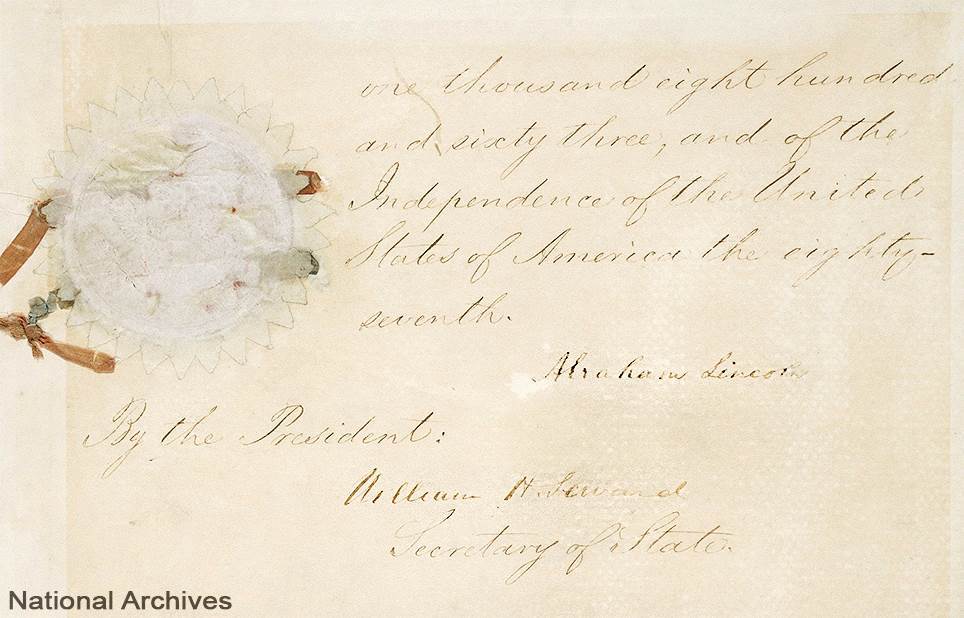
×
Whereas, on the twenty-second day of September, in the year of our Lord one thousand eight hundred and sixty-two, a proclamation was issued by the President of the United States, containing, among other things, the following, to wit:
“That on the first day of January, in the year of our Lord one thousand eight hundred and sixty-three, all persons held as slaves within any State or designated part of a State, the people whereof shall then be in rebellion against the United States, shall be then, thenceforward, and forever, free; and the Executive government of the United States, including the military and naval authority thereof, will recognize and maintain the freedom of such persons, and all persons held as slaves within any State or will do no act or acts to repress such persons, or any of them, in any efforts they may make for their actual freedom.
That the Executive will, on the first day of January aforesaid, by proclamation, designate the States and parts of States, if any, in which the people thereof, respectively, shall then be in rebellion against the United States; and the fact that any State, or the people thereof, shall on that day be in good faith represented in the Congress of the United States, by members chosen thereto at elections wherein a majority of the qualified voters of such State shall have participated, shall, in the absence of strong countervailing testimony, be deemed conclusive evidence that such State, and the people thereof, are not then in rebellion against the United States.”
Now, therefore, I, ABRAHAM LINCOLN, President of the United States, by virtue of the power in me vested as commander-in-chief of the army and navy of the United States, in time of actual armed rebellion against the authority and government of the United States, and as a fit and necessary war measure for suppressing said rebellion, do, on this first day of January, in the year of our Lord one thousand eight hundred and sixty-three, and in accordance with my purpose so to do, publicly proclaimed for the full period of one hundred days from the first day above mentioned, order and designate as the States and parts of States wherein the people thereof, respectively, are this day in rebellion against the United States, the following, to wit: Arkansas, Texas, Louisiana, (except the Parishes of St. Bernard, Plaquemines, Jefferson, St. John, St. Charles, St. James, Ascension, Assumption, Terre Bonne, Lafourche, St. Mary, St. Martin, and Orleans, including the City of New Orleans), Mississippi, Alabama, Florida, Georgia, South Carolina, North Carolina, and Virginia, (except the forty-eight counties designated as West Virginia, and also the counties of Berkeley, Accomac, Northampton, Elizabeth City, York, Princess Anne, and Norfolk, including the cities of Norfolk and Portsmouth,) and which excepted parts are for the present left precisely as if this proclamation were not issued.
And by virtue of the power and for the purpose aforesaid, I do order and declare that all persons held as slaves within said designated States and parts of States are and henceforward shall be free; and that the Executive government of the United States, including the military and naval authorities thereof, will recognize and maintain the freedom of said persons.
And I hereby enjoin upon the people so declared to be free to abstain from all violence, unless in necessary self-defense; and I recommend to them that, in all cases when allowed, they labor faithfully for reasonable wages.
And I further declare and make known that such persons, of suitable condition, will be received into the armed services of the United States, to garrison forts, positions, stations, and other places, and to man vessels of all sorts in said service.
And upon this act, sincerely believed to be an act of justice warranted by the Constitution upon military necessity, I invoke the considerate judgment of mankind and the gracious favor of Almighty God.
In witness whereof I have hereunto set my hand and caused the seal of the United States to be affixed.
Done at the City of Washington this first day of January, in the year of our Lord
(L. S.) one thousand eight hundred and sixty-three, and of the Independence
of the United States of America the eighty-seventh.
By the President:
Abraham Lincoln
William H. Seward, Secretary of State.
[certification]
A true copy, with the autograph signatures of the President and the Secretary of State. Jno. G. Nicolay Priv. Sec. to the President.
Emancipation Proclamation In Pictures
Emancipation Proclamation
Emancipation Proclamation
Educational Resources
Other Sources of Information